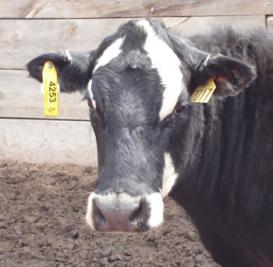The term “traceability” appeared in the agribusiness sector in the midst of the 1990s. According to ISO standard 8402, it is “the ability to find the history, the use, or the location of an entity by means of registered identifications.” Traceability is an apparatus of control—a term that etymologically comes from the French “contre-rolle” (literally, "counter-roll"), designating the double of a document—a list, an account book, a civil-state registry—that is archived and used in order to verify the conformity of other copies. Control is defined primarily as an operation of verification by means of a system of written notation. It is distinguished as such from surveillance proper, which is originally a process that is optical rather than scriptural. For there to be surveillance, it suffices to have eyes, whereas control involves a set of documents and archives.
Grégoire Chamayou's thesis was that traceability forms an apparatus in the Foucaultian sense, that is to say, a heterogeneous ensemble consisting of concepts, institutions, procedures, regulatory decisions, and scientific knowledge. It encompasses non-discursive elements (for example, the diverse techniques of identification: passwords, bar codes, RFID labels, electronic bracelets, DNA tests, retinal scanners, face recognition software, etc.), as well as discursive elements (for example, the imperative of security, along with the problematics met by the prevention of risk and the redefining of sanitary responsibility). His project was to write a genealogy of the contemporary techniques of traceability that draw on a heterogeneous corpus, in studying for example the installation of the first centralized judiciary records in the context of the birth of criminal anthropology as wells as the introduction of the techniques of identification and of monitoring cattle in the process of husbandry. In doing so he attempted to reveal the link between the emergence of highly effective techniques of archiving and identification and the formation of a way of managing men, animals, and things as founded on a principle of individualization.

